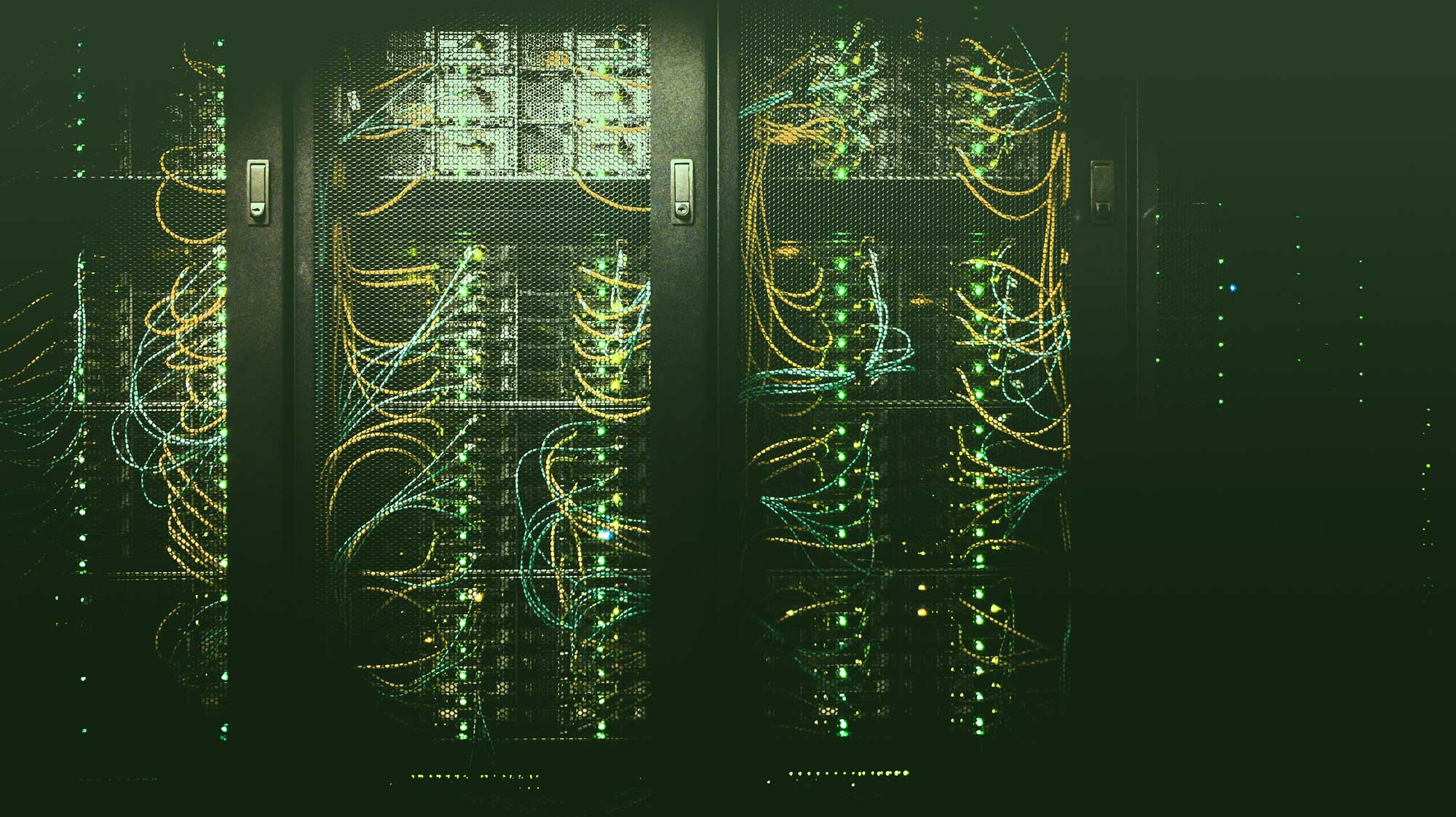This website uses cookies so that we can provide you with the best user experience possible. Cookie information is stored in your browser and performs functions such as recognising you when you return to our website and helping our team to understand which sections of the website you find most interesting and useful.

I was recently asked when presenting at the OGTC Tech 20 what the ecological impact would be of industry moving to the cloud. I didn’t have a good answer so, taking my lead from our inspiring political leaders, I just ducked the question and answered something else!
Interesting that 4 days later Wired should lead with an article “Amazon, Google, Microsoft: Here’s Who Has the Greenest Cloud”. If only I had read this before last Friday.
So here is the answer I should have given, highlights from the Wired article.
It is typically a measure of three things. The efficiency of a data center’s infrastructure (lights, cooling, and so on), the efficiency of its servers, and the source of its electricity.
They also invest in green energy projects to get renewable energy credits (carbon credits) to off set their footprint and claim 100% efficiency.
So how do the big three compare?
Overall Greenness B+
Total Renewable Energy Portfolio: 5.5 GW
Google are probably most advanced in this. They claim to have a net zero footprint and invest heavily on green energy projects. Google uses machine learning to continuously optimize its data centers. An algorithm trained on historical weather data, for example, knows how to tweak a data center’s cooling system in response to the environment.
At the end of a year, the company tallies up its energy use and renewable energy purchases and makes sure they’re equal. They have ambitious plans to have data centres 100% powered by renewable energy on an hourly basis!
Microsoft
Overall Greenness B
Total Renewable Energy Portfolio: 1.9 GW
Microsoft’s self-proclaimed goal is to “make the data center disappear” by totally eliminating the environmental impact of its server farms.
The company has been carbon neutral since 2012, and including its RECs, it has run on 100 percent renewable energy since 2014. Without RECs, Microsoft’s data centers run on 60 percent renewable electricity and the company plans to boost this to 70 percent renewable energy by 2023.
Microsoft has implemented some unique company policies, including internal carbon taxes that push departments, including the Azure team, to minimize their climate impact.
Last year, the company began experimenting with data centers on the ocean floor, which could lower or eliminate cooling and other energy costs.
They look at fuel cells as a way to turn a data center into its own power plant by directly generating electricity on site. The hope is that one day hydrogen will become abundant and cheap, allowing for the integration of low-carbon fuel cells. (Right now the company is doing its testing with natural gas.)
Amazon Web Services (AWS)
Overall Greenness C-
Total Renewable Energy Portfolio: 1.6 GW
Amazon Web Services is by far the biggest cloud computing provider, with well over one-third of the market. In 2014, CEO Jeff Bezos announced a long-term commitment to power all of Amazon’s data centers with 100 percent renewable energy. Earlier this year, Bezos promised to achieve net zero carbon emissions by 2040 after facing significant pressure from employees and investors. In 2018, Amazon announced it had achieved 50 percent renewable energy usage across the company when RECs are factored in.
Earlier this year, a Greenpeace report accused Amazon of abandoning its commitment to 100 percent renewable energy. As the report noted, some of its largest data centers are powered by only 12 percent renewable energy.
Amazon responded to the report by saying it is still committed to 100 percent renewable energy.
Out of the big three AWS is the least transparent.
So it seems a mix of employee activism and public opinion is driving the right behaviour but some still have a long way to go.

